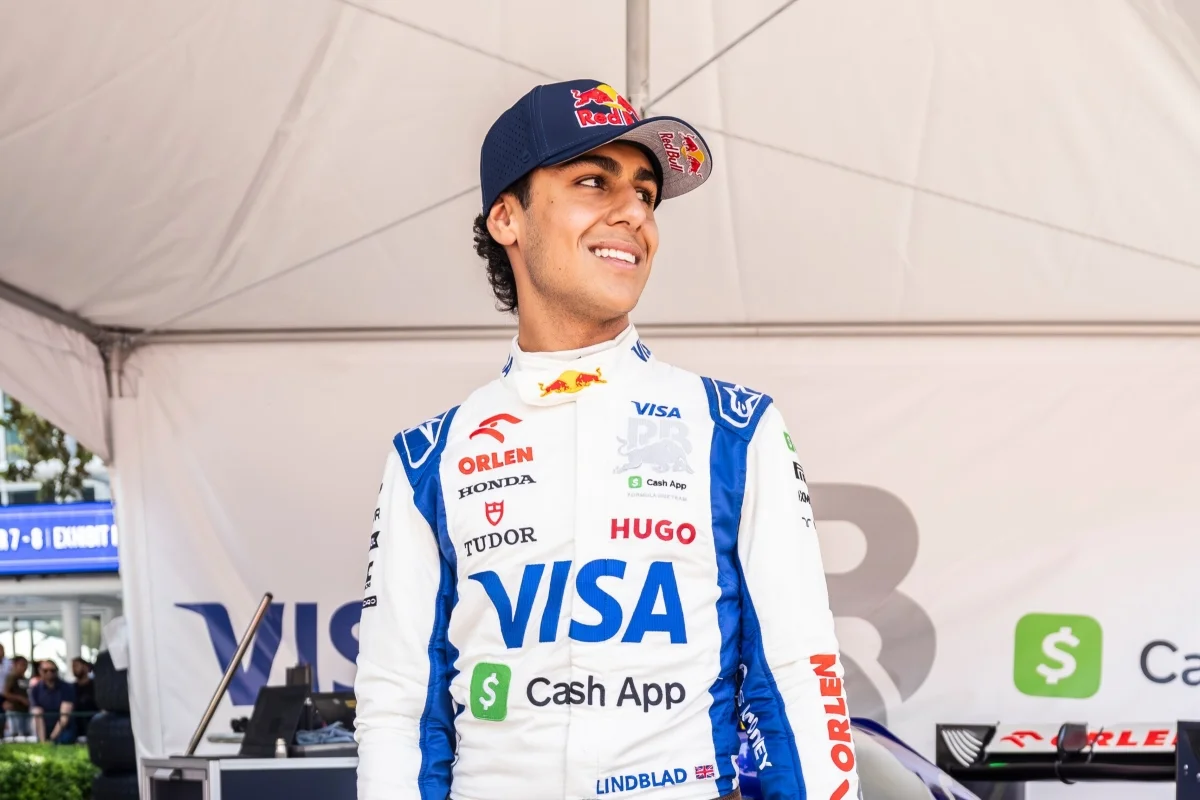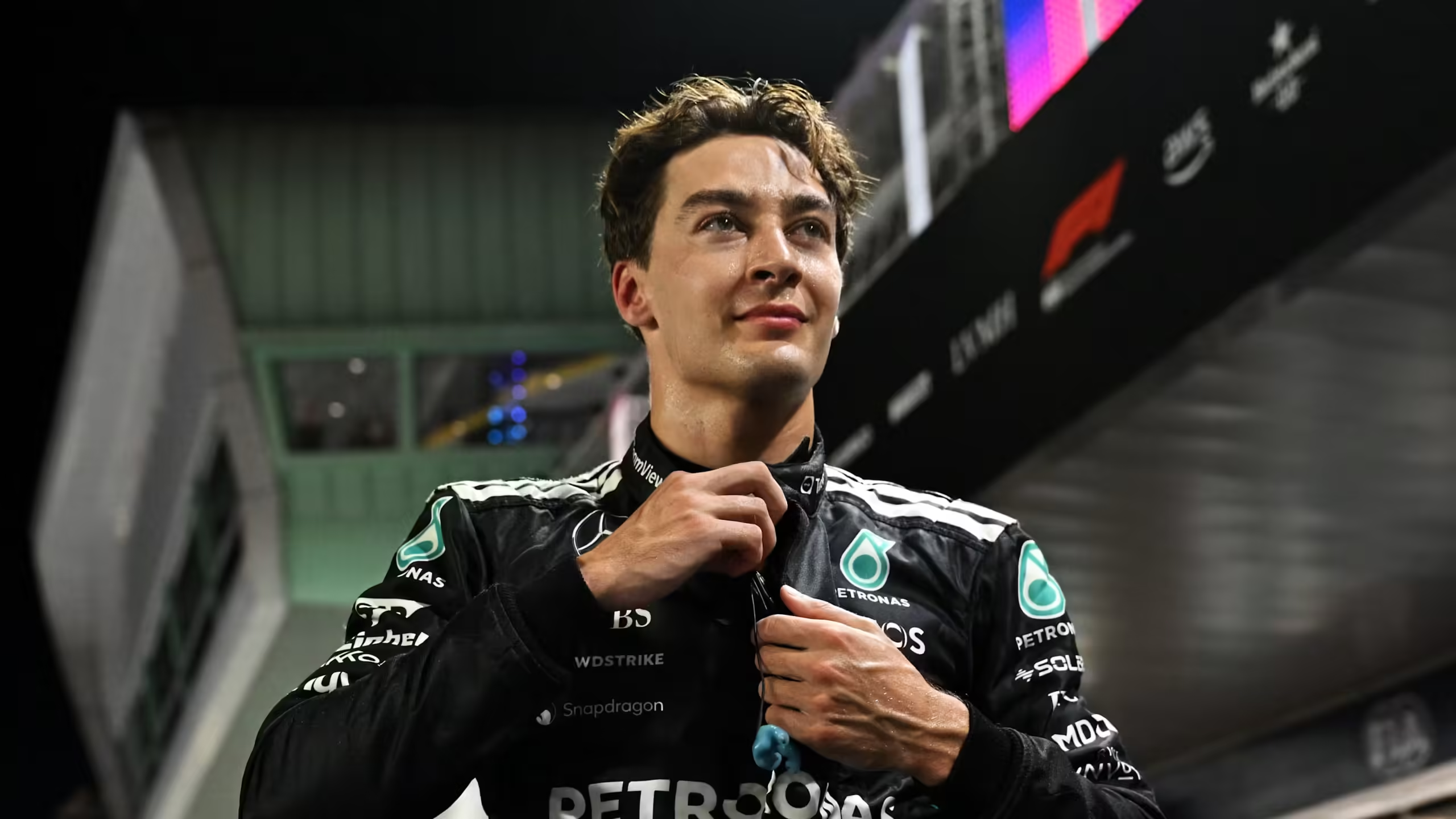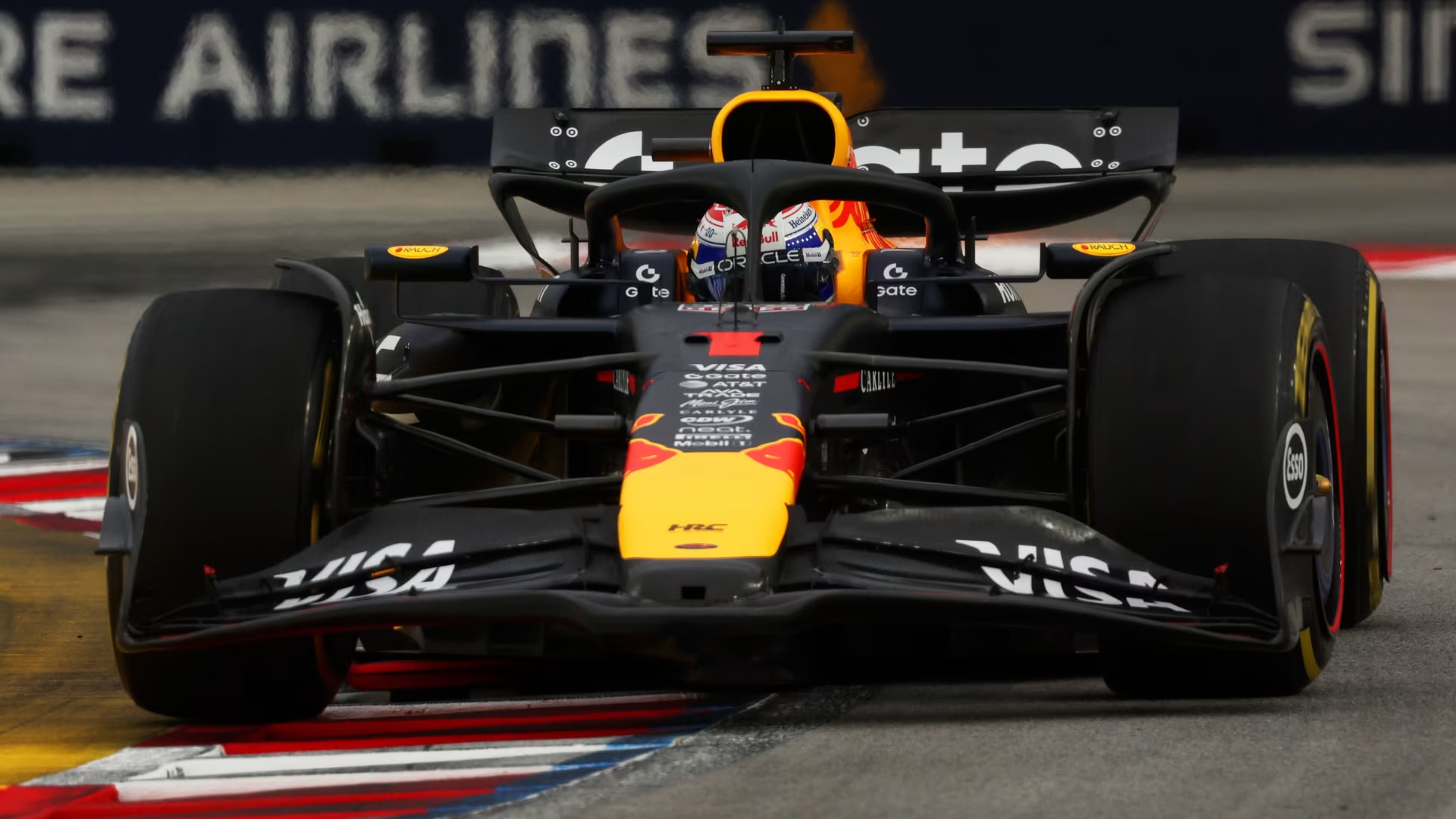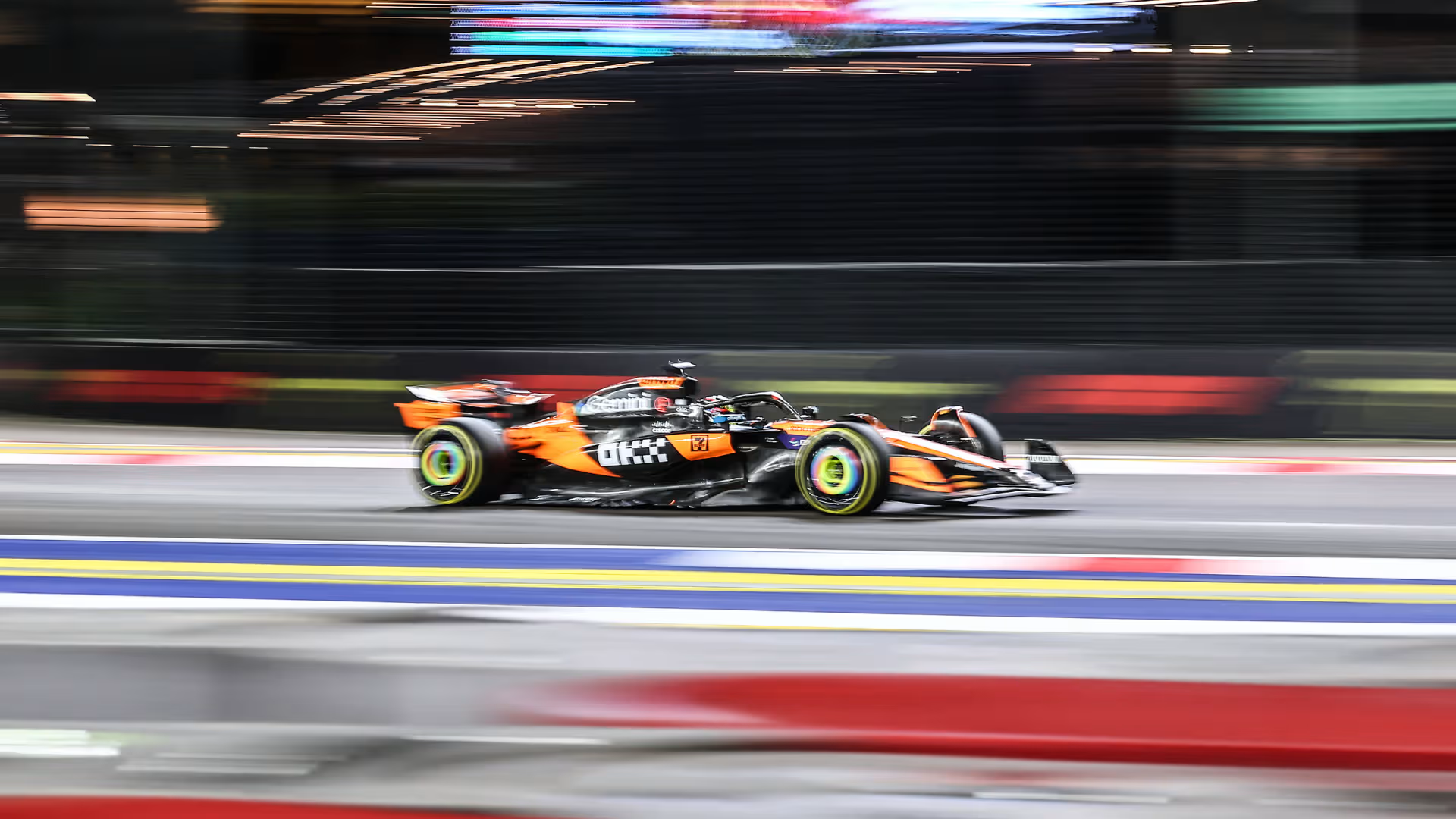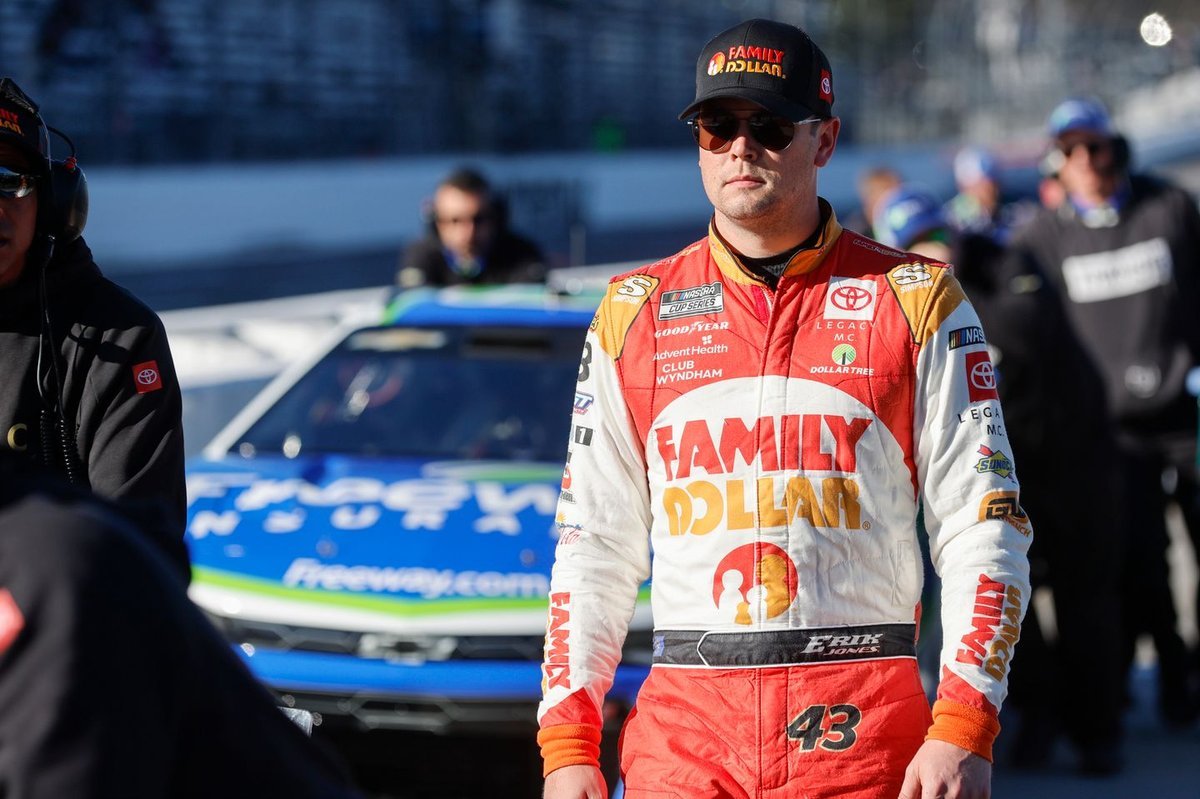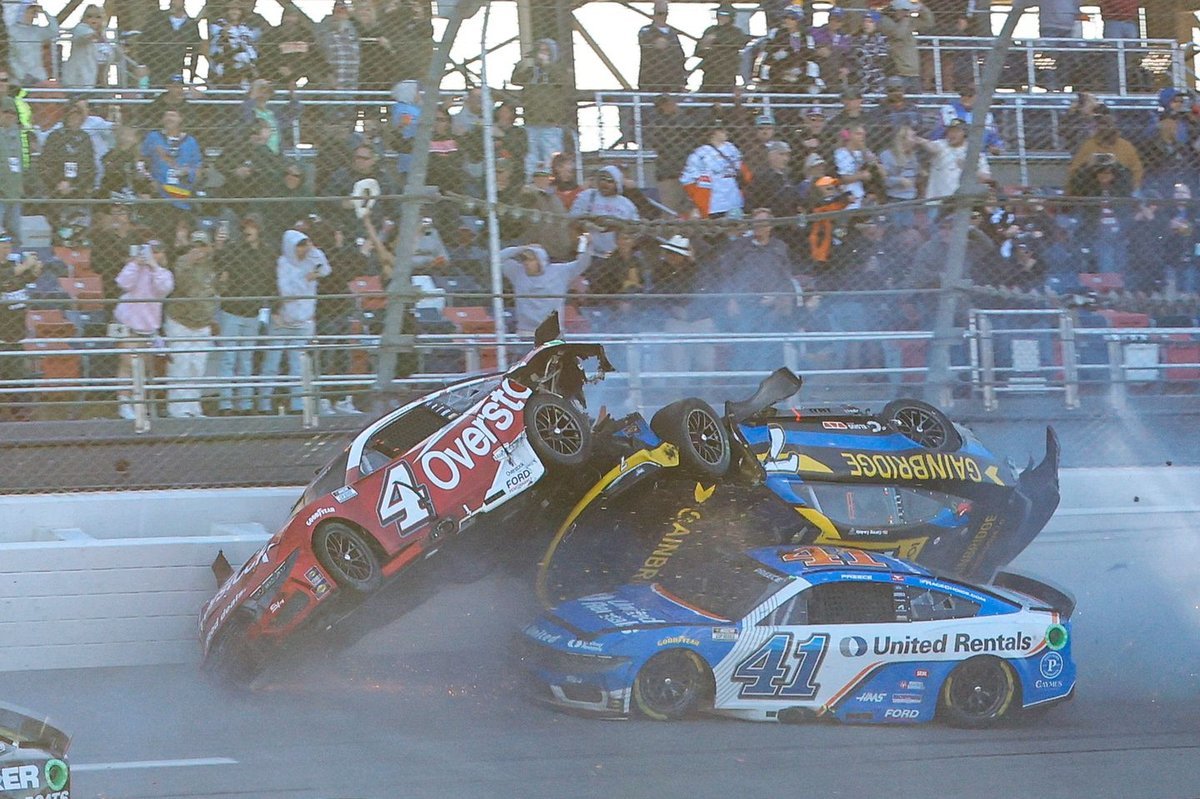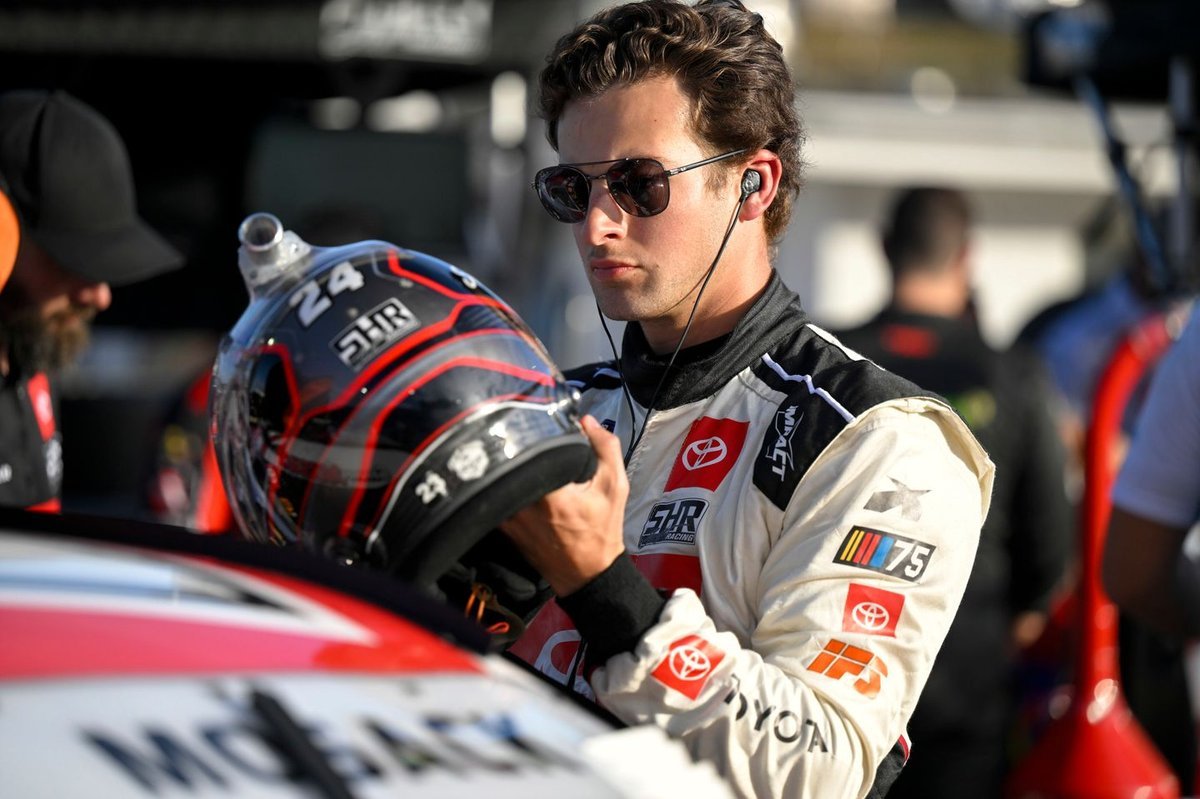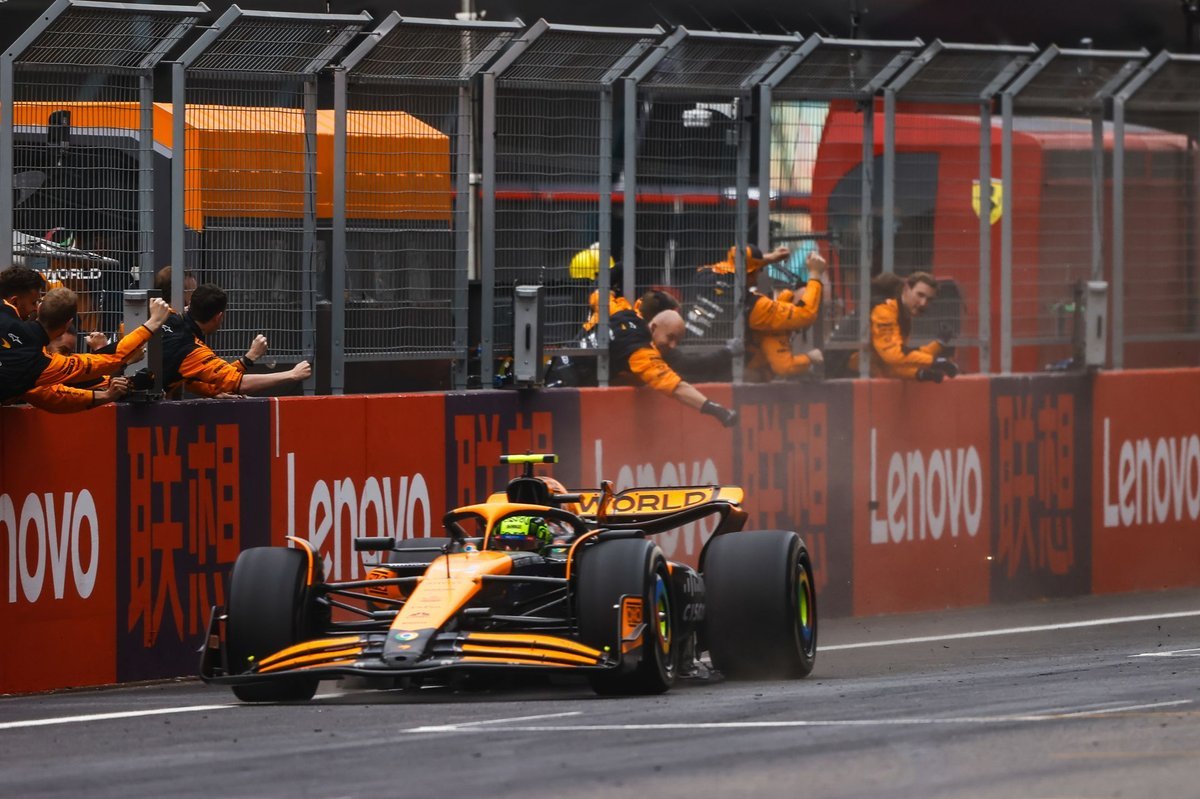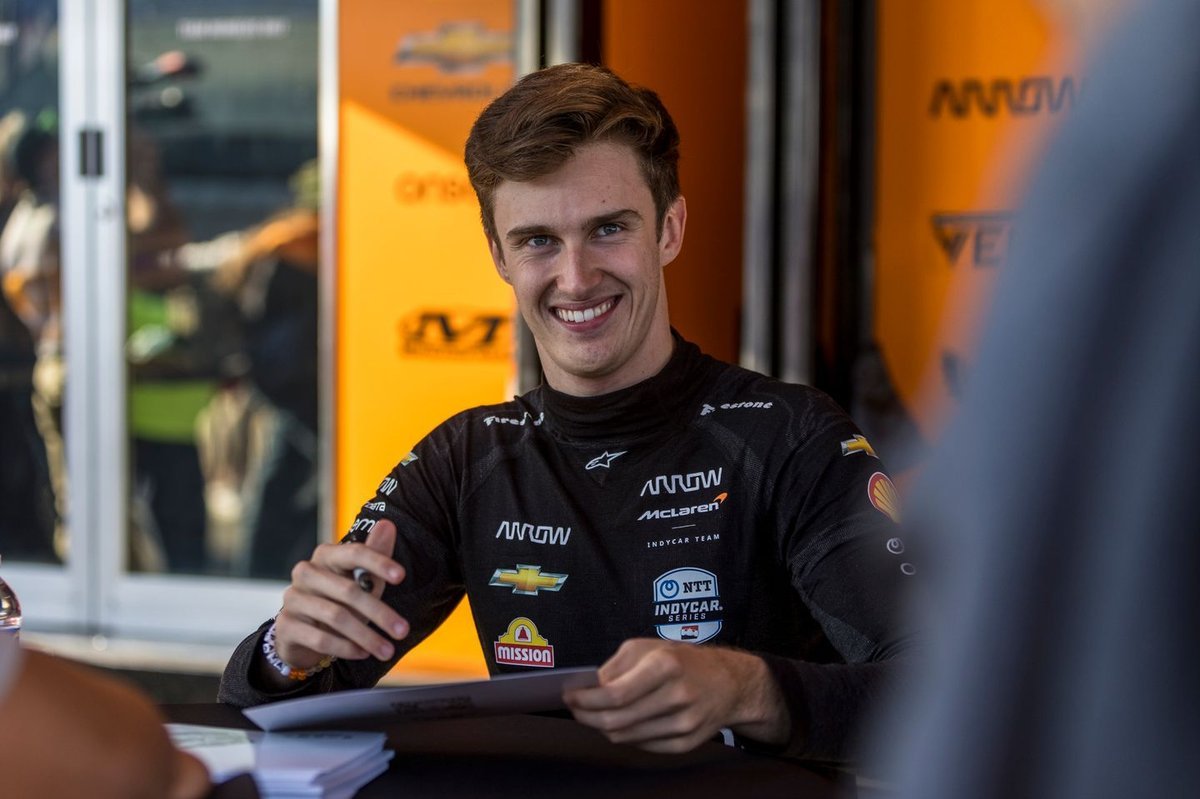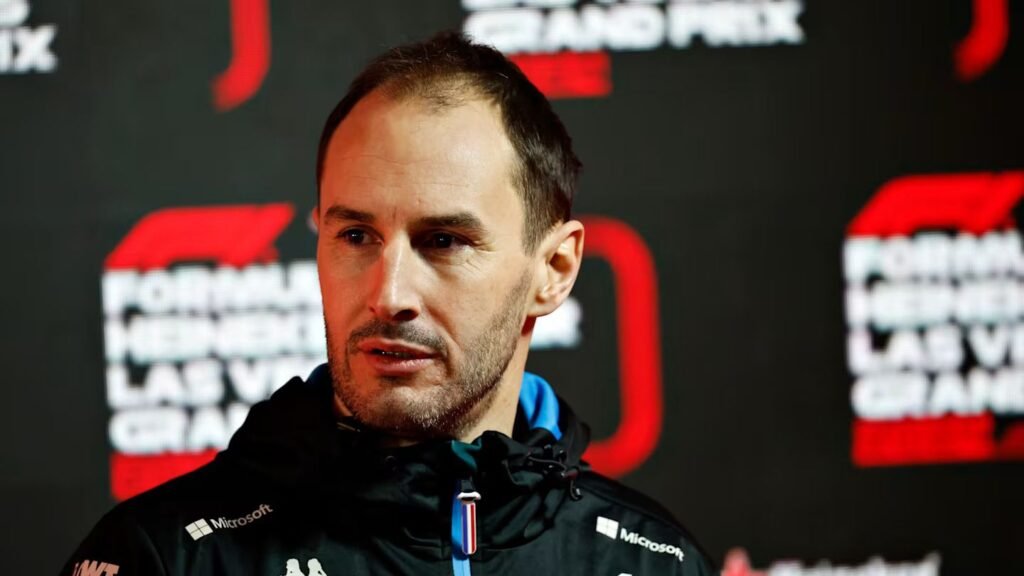
The Alpine F1 Team has officially announced the resignation of team principal Oliver Oakes, marking a critical juncture in the squad’s ongoing transformation. Oakes, who was brought in as part of a broader restructuring strategy to restore Alpine’s competitive edge, leaves amid growing internal pressure and inconsistent on-track performance throughout the 2025 Formula 1 season. This development adds yet another chapter to Alpine’s turbulent journey in the modern F1 era.
A Short-Lived Tenure: Oakes’ Ambitious Vision Cut Short
Oliver Oakes, founder of the successful Hitech GP outfit, joined Alpine as team principal at the start of the 2025 season following the dismissal of Bruno Famin. His appointment was seen as a bold move intended to inject fresh energy into the struggling Enstone-based team. Oakes brought with him a reputation for nurturing young talent and building winning teams from the ground up. However, his vision clashed with the team’s complex management structure and slow-moving development program.
Reports suggest that internal disagreements between Oakes and Alpine’s upper management—especially within Renault Group’s senior executive board—created friction early on. Combined with lackluster race results and a string of retirements, Oakes’ resignation, while abrupt, may have been inevitable.
Key Factors Leading to Oakes’ Exit
Several decisive factors contributed to Oakes’ early departure:
- Performance Decline: Alpine’s 2025 challenger has consistently underperformed, rarely breaking into the top ten during qualifying or races.
- Driver Frustrations: Both Esteban Ocon and Pierre Gasly have expressed concern over strategic blunders and reliability issues.
- Technical Department Instability: Frequent turnover in the engineering staff hindered cohesive development.
- Management Tensions: Oakes reportedly pushed for more autonomy and a clearer chain of command, which clashed with Renault’s corporate oversight.
The Ripple Effect: What’s Next for Alpine F1 Team?
Oakes’ resignation triggers a critical leadership vacuum at a time when Alpine desperately needs direction. While the team has not announced a permanent successor, interim leadership is expected to be handed to Sporting Director Julian Rouse, who previously oversaw operations at Hitech and served under Oakes during their junior series collaboration.
Alpine’s CEO Philippe Krief reaffirmed the team’s commitment to long-term competitiveness, stating, “We thank Oliver for his efforts in shaping our 2025 project. Our vision remains clear—we are here to compete at the front of the grid, and we will act decisively to ensure we get there.”
Drivers Left in Limbo: Ocon and Gasly Face Uncertain Futures
The current Alpine driver pairing, Esteban Ocon and Pierre Gasly, now find themselves in the eye of the storm. Both drivers are out of contract at the end of the 2025 season, and with team leadership in flux, negotiations for extensions have reportedly stalled.
Ocon, long associated with the Renault family, is rumored to be exploring options with Audi and Haas, while Gasly has been linked to potential openings at Williams or a return to Red Bull’s orbit, depending on how the 2026 grid reshuffles.
Strategic Implications for Alpine’s 2026 Power Unit Program
The timing of Oakes’ resignation could not be more critical. With the 2026 power unit regulations on the horizon, Alpine is in the final phases of developing its next-generation engine. The technical and organizational continuity required for this massive shift is now under threat.
If leadership is not swiftly stabilized, Alpine risks falling behind in the intense development race already being led by rivals like Mercedes, Red Bull Powertrains, and Audi.
Potential Successor Candidates: Who Could Lead Alpine Forward?
Among the names being circulated within the paddock as potential replacements for Oakes:
- Davide Brivio: The MotoGP veteran and former Alpine Racing Director could return in a more senior capacity.
- Guillaume Rocquelin: Red Bull’s former Head of Driver Development has been linked to various roles within Renault’s racing divisions.
- Mattia Binotto: Despite leaving Ferrari under pressure, Binotto’s technical acumen may be appealing for a team needing stability and strategic clarity.
A Deepening Crisis or the Start of a Revival?
Alpine’s trajectory now hangs in the balance. The departure of Oliver Oakes, while disruptive, may serve as a catalyst for renewed focus and restructuring if handled correctly. However, without rapid action and strong interim leadership, the risk of continued decline looms large.
Renault Group’s board must now demonstrate a clear and unified vision for Alpine F1—one that goes beyond short-term management swaps and prioritizes long-term engineering investment, competitive culture, and consistent performance.
Conclusion: Alpine Must Choose Between Stagnation or Reinvention
The resignation of Oliver Oakes is emblematic of deeper organizational issues within Alpine F1. For a team with the resources and backing of a global automotive giant like Renault, mediocrity cannot remain acceptable. The choices made in the coming weeks—especially regarding leadership, power unit development, and driver retention—will determine whether Alpine becomes a contender or continues to spiral in the midfield.
With the 2026 regulation changes approaching rapidly, the clock is ticking.


